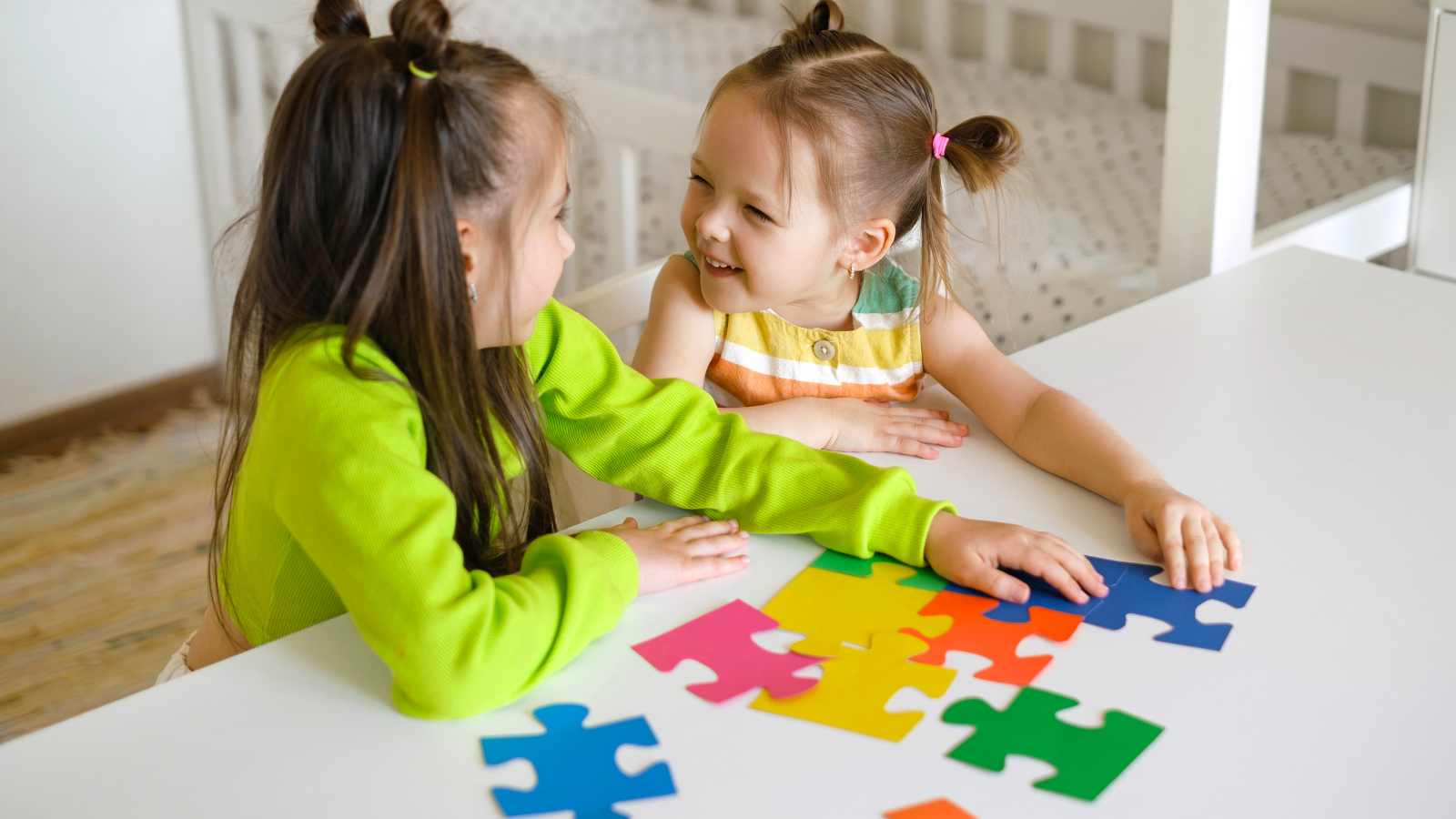
Authors: Amanda Nagy, MD; Catherine Becker, RN, CNP; Florian Eichler, MD
Massachusetts General Hospital
Reviewed: November 2022
SUMMARY
Leukodystrophies are a group of rare genetic disorders. These disorders affect the white matter (myelin) of the brain and nerves. The brain’s job is to communicate with the rest of the body. The brain does this by sending messages along wires (nerves). These wires have a fatty layer called myelin.
Myelin protects the nerves. It allows messages to move very quickly throughout the body. When this protective layer is damaged, messages cannot move as quickly. Sometimes, the messages cannot be sent at all.
Symptoms of a leukodystrophy depend on which part of the brain is damaged. Depending on this, people can have trouble with:
- Movement
- Communication
- Hearing
- Vision
- Learning and development
- Seizures
JUMP TO
Disorder Overview
DESCRIPTION
There are more than fifty different types of leukodystrophy. Each leukodystrophy is caused by a mutation (error) in a specific gene.
Some types of leukodystrophy include:
- Adult-onset leukoencephalopathy with axonal spheroids and pigmented glia (ALSP)
- Aicardi-Goutières syndrome
- Adrenoleukodystrophy
- Alexander disease
- Canavan disease
- Cerebrotendinous xanthomatosis
- Krabbe disease
- Metachromatic leukodystrophy
- Pelizaeus-Merzbacher disease
- Refsum disease
- Vanishing white matter disease
- Zellweger syndrome spectrum disorders
Each leukodystrophy can also be described by when symptoms start:
Infantile.
Childhood (juvenile).
Adulthood.

SIGNS AND SYMPTOMS
Symptoms can vary between leukodystrophies. Early on, leukodystrophy may look like a delay in development or fussiness in a baby. Over time, children may lose skills they previously had. This may affect different areas, including:
- Gross motor skills (sitting, walking)
- Fine motor skills (using hands, feeding self)
- Communication (speech and comprehension)
- Ability to eat
- Vision
- Hearing
- Cognition (thinking, memory)
- Behavior
Once a skill begins to decline, it will often worsen over time. Other symptoms may also develop. These include:
- Seizures
- Spasticity (muscle tightness)
- Growth difficulties
- Bowel and bladder problems
- Pain
- Drooling
- Teeth grinding
- Sleep difficulties
CAUSES
Leukodystrophies are genetic (hereditary) disorders. Some leukodystrophies are usually passed down from parents to their children (inherited). Others do not tend to run in families. These may show up for the first time in the affected person.
Genetic disorders are caused by changes in DNA. DNA contains instructions that tell the body how to function. Changes in DNA happen randomly. These changes are not anyone’s fault.
Each type of leukodystrophy is caused by a change in a specific gene. Many genetic causes have been found. Others are not yet known.

LABORATORY INVESTIGATIONS
Some leukodystrophies may be found with newborn screening. This is a blood test done on all infants. Only some states include these disorders in the newborn screening test. Many leukodystrophies are not part of the newborn screening test.
Specific testing is needed to diagnose leukodystrophy. This testing may include:
- Blood and urine tests
- Spinal fluid tests
- Neuroimaging (MRI of the brain and/or spinal cord)
- Genetic testing
It is possible to have a leukodystrophy and not find a genetic cause.
Other testing may be done, depending on symptoms. This includes:

TREATMENT AND THERAPIES
For all leukodystrophies, treatment is given to help with symptoms. These treatments do not cure the disease. Such treatments may include:
Medications.
These help with symptoms such as:
- Seizures
- Spasticity (muscle tightness)
- Pain
- Difficulty sleeping
Therapies.
Assistive devices.
Nutritional support.
Some leukodystrophies have treatments that address the cause of the disease. This may stop symptoms from getting worse or slow down progression. These treatments include:
Medication.
A bone marrow transplant.
OUTLOOK
Most leukodystrophies are progressive. This means that symptoms will get worse over time. Symptoms that start early in life may progress more quickly. However, this is not always the case. It is not possible to grow out of a leukodystrophy.
Some leukodystrophies cause symptoms early in life (as a baby). Children with these leukodystrophies may die in childhood. Other leukodystrophies do not show symptoms until adulthood. Adult-onset leukodystrophies may or may not decrease life expectancy.
Many symptoms associated with leukodystrophies, such as seizures and spasticity, can be managed with medication and other treatments. Treating these symptoms does not typically change the outlook. Most children with a leukodystrophy require extra support at home and in school. Children with advanced disease may require home nursing or hospice care.
RELATED DISORDERS
Leukodystrophies are a group of more than fifty rare genetic disorders. All of these affect the white matter in the brain. Other disorders that damage white matter include multiple sclerosis.
Resources
United Leukodystrophy Foundation
The United Leukodystrophy Foundation (ULF) is a volunteer-based health organization dedicated to providing patients and their families with information about leukodystrophies. The ULF provides assistance in identifying sources of medical care, social services, and genetic counseling. In addition, the ULF works to establish a communication network among families; as well as increases public awareness and acts as an information source for health care providers by promoting and supporting research into causes, treatments, and prevention of the leukodystrophies.
Hunter’s Hope Foundation was established to address the acute need for information and research with respect to Krabbe disease and other related leukodystrophies.
The mission is four-fold:
- To broaden public awareness of Krabbe disease and other leukodystrophies thus increasing the probability of early detection and treatment.
- To gather and provide current, functional information and service linkages to families of children with leukodystrophies.
- To fund research efforts that will identify new treatments, therapies and ultimately, a cure for Krabbe disease and other leukodystrophies.
- To establish an alliance of hope that will nourish, affirm and confront the urgent need for medical, financial and emotional support of family members and those afflicted with leukodystrophies.
Global Leukodystrophy Initiative Clinical Trials Network
The Global Leukodystrophy Initiative Clinical Trials Network (GLIA-CTN) is a consortium of scientists, industry stakeholders, and patient advocacy leaders working together to promote advances in the diagnosis and treatment of leukodystrophies. The GLIA-CTN works with advocacy partners around the world. These organizations help patients and families identify the most appropriate diagnostic and/or therapeutics options and provide them with the resources needed to optimize their care.
Publications
Podcast from SAGE Neuroscience and Neurology/Journal of Child Neurology (JCN). In this podcast, Dr. Alison Christy interviews Dr. Joshua Bonkowsky about his article: “Scope and Burden of Non-Standard of Care Hematopoietic Stem Cell Transplantation in Pediatric Leukodystrophy Patients.” She also interviews Dr. Adeline Vanderver, Pediatric Neurologist and Program Director of the Leukodystrophy Center of Excellence at the Children’s Hospital of Philadelphia.

Child Neurology Foundation (CNF) solicits resources from the community to be included on this webpage through an application process. CNF reserves the right to remove entities at any time if information is deemed inappropriate or inconsistent with the mission, vision, and values of CNF.
Research
ClinicalTrials.gov for Leukodystrophy (birth to 17 years).
These are clinical trials that are recruiting or will be recruiting. Updates are made daily, so you are encouraged to check back frequently.
ClinicalTrials.gov is a database of privately and publicly funded clinical studies conducted around the world. This is a resource provided by the U.S. National Library of Medicine (NLM), which is an institute within the National Institutes of Health (NIH). Listing a study does not mean it has been evaluated by the U.S. Federal Government. Please read the NLM disclaimer for details.
Before participating in a study, you are encouraged to talk to your health care provider and learn about the risks and potential benefits.
Family Stories
The United Leukodystrophy Foundation shares stories to raise awareness and to let families connect and know they are not alone after a diagnosis of leukodystrophy. See the Not Giving Up page to read about others and share your story.
Families affected by leukodystrophies share how the Leukodystrophy Care Network has impacted their lives. Leukodystrophy Family Stories of Hope can be found on the Hunter’s Hope website.
The information in the CNF Child Neurology Disorder Directory is not intended to provide diagnosis, treatment, or medical advice and should not be considered a substitute for advice from a healthcare professional. Content provided is for informational purposes only. CNF is not responsible for actions taken based on the information included on this webpage. Please consult with a physician or other healthcare professional regarding any medical or health related diagnosis or treatment options.
References
Office of Neuroscience Communications and Engagement. Leukodystrophy Fact Sheet [Internet]. Bethesda, MD: National Institutes of Health; 2020 September. Available from: https://www.ninds.nih.gov/leukodystrophy-fact-sheet.
NORD Rare Disease Database. Leukodystrophy [Internet]. Danbury CT: National Organization for Rare Disorders; 2021. Available from: https://rarediseases.org/rare-diseases/leukodystrophy/.
MedlinePlus. Leukodystrophies [Internet]. Bethesda, MD: National Library of Medicine; 2021 June. Available from: https://medlineplus.gov/leukodystrophies.html.
